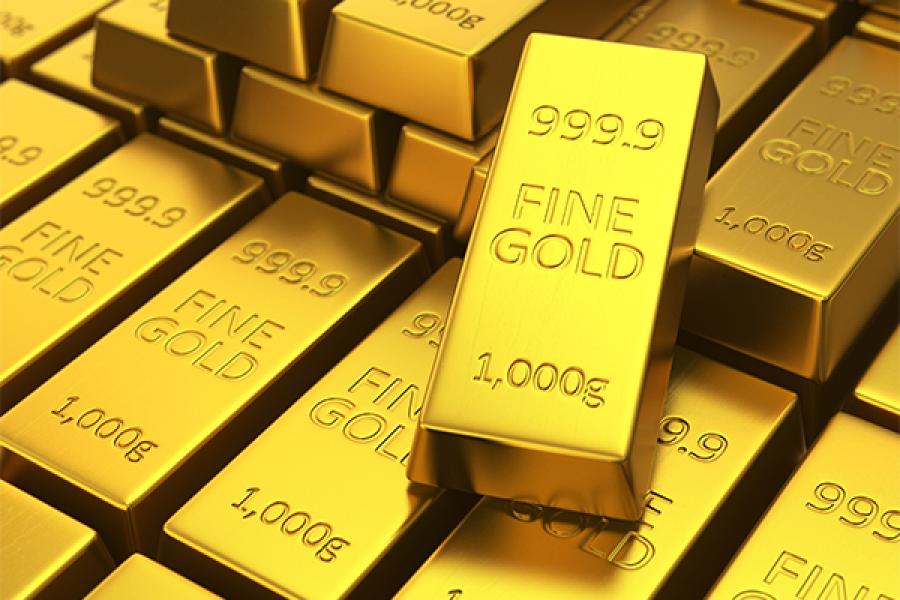
Post-Brexit uncertainty likely to keep demand for gold high
Global events have pushed international gold prices up 9 percent in the past one month and 21 percent overall, in 2016
Gold has become the safe haven for global and local investors since the breakout of Brexit – a decision nicknamed so after Britons last week voted to leave the European Union in a referendum on June 23. This had triggered an avalanche of selling across global stock markets and led to several currencies turning volatile.
Global financial uncertainty and the possibility for more Brexit-linked tremors has pushed international gold prices up nine percent in the past one month and 21 percent in 2016, to $1,316 per ounce levels.
Historically, the yellow metal has been impacted by a range of factors. This includes the strength of the dollar (which would cause gold to weaken); interest rates, where if central banks start to lower rates (to boost growth), gold prices would strengthen further. Also, gold continues to be a strong hedge against inflation and during any other factor of uncertainty, such as Brexit.
Since Brexit, international gold prices have slipped off a bit as Asian equity markets have rebounded and some currencies recovered.
“We could see a couple of [fresh] spikes to gold,” says Anand James, chief market strategist, Geojit BNP Paribas Financial Services. James is not ruling out gold prices to hit the $1,370 to 1,400 per ounce range by December 2016.
“The correlation between uncertainty and an investor shift towards gold has strengthened,” James said. Investors will increase their allocation towards gold, he said.
China is the world’s largest consumer of gold, outpacing India in 2013. World Gold Council data showed that demand for gold from China in Q12016 was 241.3 tonnes; down 12 percent from the same period a year earlier. Demand from India was at 116.5 tonnes, down 39 percent year-on-year.
In 2015, China consumed 956.7 tonnes of gold, compared to 864.3 tonnes in India.
The Narendra Modi-led government has been encouraging people to sell gold and earn better returns, rather than hoard it. In recent years, due to concerns over the country’s rising trade deficits, policymakers and the Reserve Bank of India had introduced steps to discourage imports of the yellow metal; the central bank was concerned that gold was a ‘dead investment’.
In March this year, India’s jewellery market virtually ground to a halt due to high prices and industrial action in protest at a government policy. Indian jewellery demand hit a seven-year-low of 88.4 tonnes in Q12016, a 41 percent year-on-year decline.
But analysts say the current global uncertainty will definitely see local demand for gold picking up. “There is too much going for gold at the moment,” says Jayant Manglik, president (retail distribution) at Religare Securities. Manglik forecasts that an investment in gold could fetch a 10 percent CAGR over three years.
















